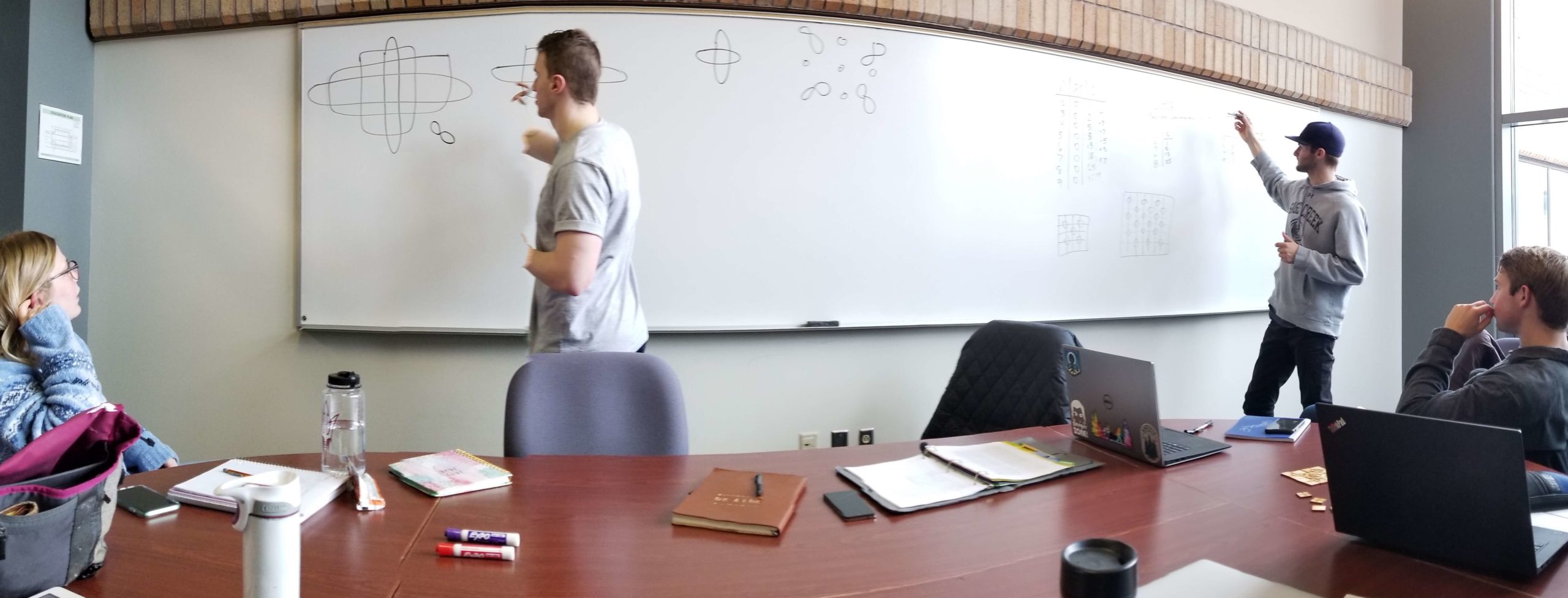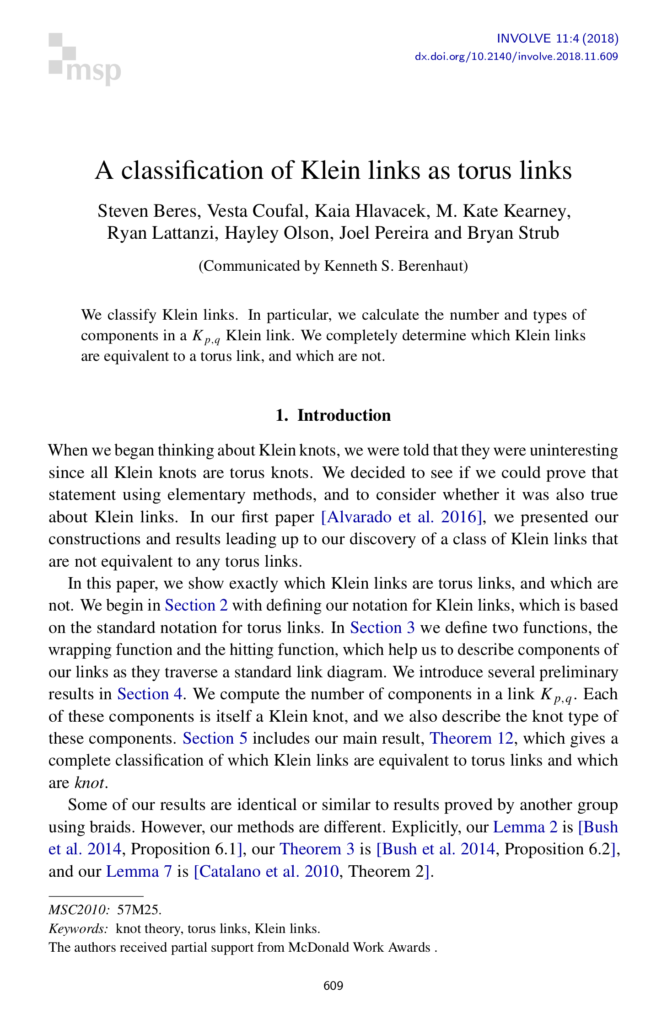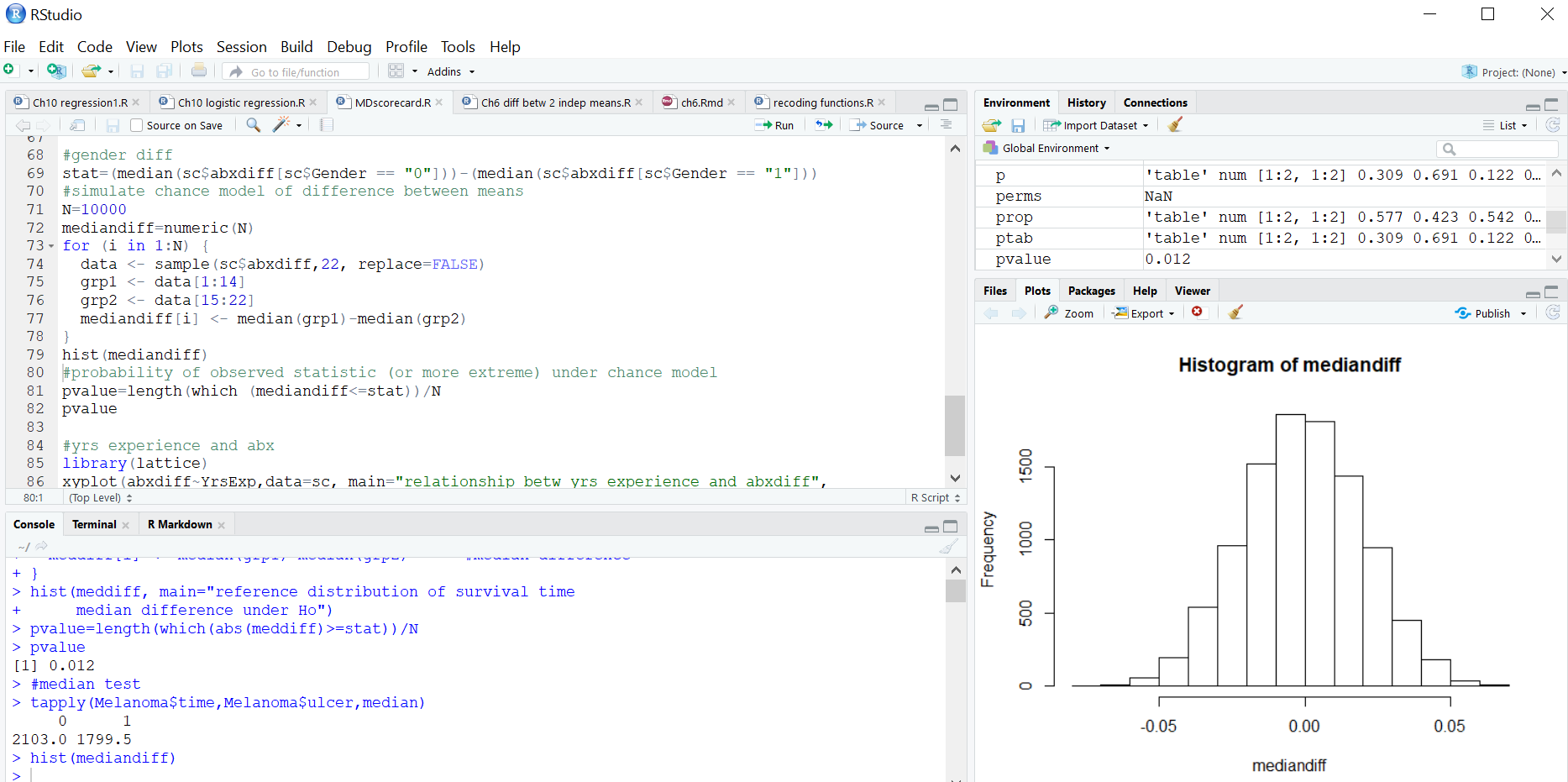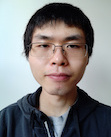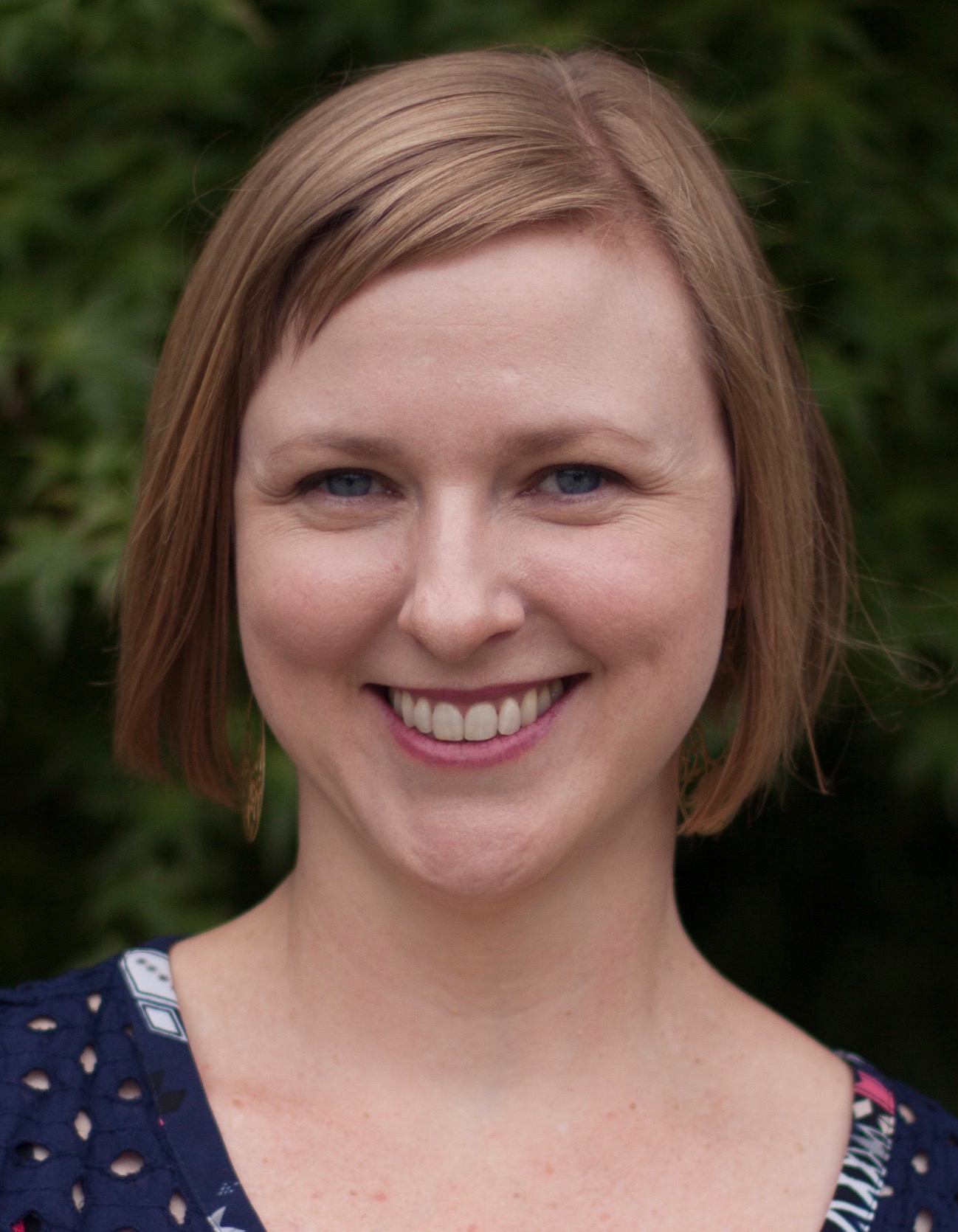Learning to write mathematical proofs is no different than learning to write papers in any other discipline in that it is an exercise in learning to write using a specific style and with a specific audience in mind. I strongly assert that courses requiring students to write mathematical proofs should meet any university’s Writing Across the Curriculum (WAC) requirements.
I wanted to teach my proof-based Fundamentals of Mathematics course with a WAC designation but felt overburdened by the university’s requirement for students to “integrate appropriate primary and secondary research in their writing.” Given that my own PhD dissertation would definitely not have been accessible to me until a few semesters into grad school, I had no idea how I could get my undergrad students to conduct secondary research and even less of a clue of how I could possibly expect them to conduct primary research. While I originally argued that this was impossible in mathematics, I realize now that my strict interpretation of what counts as mathematical research was incorrect!
By expanding my notion of research, I now understand that students do conduct primary and secondary research in all of my proof-based courses!
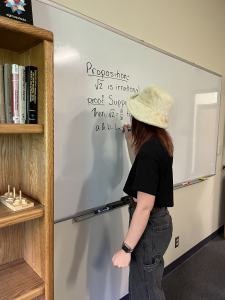
Primary research in pure mathematics consists of formulating a statement and determining whether or not that statement is true. This is done by playing around with examples, exploring definitions, and ultimately proving or disproving the statement. In proof-based courses, I regularly ask students to determine whether a statement is true or false, and then prove their conclusion. To them, this is primary research. While these results are not likely to be new to the mathematical community nor actually publishable, through this exercise, students are still able to get an authentic experience in primary research, as long as the student does not know the results in advance. In fact, even lower-level courses may contain an aspect of primary research, such as when students verify a formula is correct or determine a general version of a common computation.
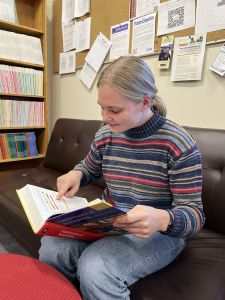
Secondary research in pure mathematics consists of reading research papers to learn about known results, definitions, and examples, a daunting task for an undergraduate. Much of the undergraduate mathematics curriculum was discovered far enough in the past that the original source material uses different notation or terminology than today; moreover, the original source may require fluency in a foreign language. For these reasons, many undergrad courses may not be able to task students with reading original research. Nonetheless, reading and sharing about mathematical papers can easily be incorporated into proof-based courses. For a student just learning a topic, even reading the course textbook can be just as meaningful as reading a research paper, and could be considered secondary research; reading and referencing textbooks is indeed a common practice in my own research.
When I’m asked by the University to renew my course’s WAC certification, I will explain how my students engage in primary research every week when I present statements they are tasked to prove or disprove. These same students participate in secondary research every day when they read new information out of our textbook. I encourage you to rethink what it means to do research in undergraduate courses, and maybe even teach them with a Writing Across the Curriculum designation, as it is likely that you are already engaging your undergraduates in this style of learning.

Dr. Shultis is an Associate Professor of Mathematics at Gonzaga University in Spokane, Washington. She earned her B.A. in mathematics and chemistry from Scripps College, where she participated in undergraduate research in both fields. Her PhD is from the University of Nebraska-Lincoln in commutative algebra, and her other research interests include topology, graph theory, and projects involving both algebraic and biochemical aspects.


